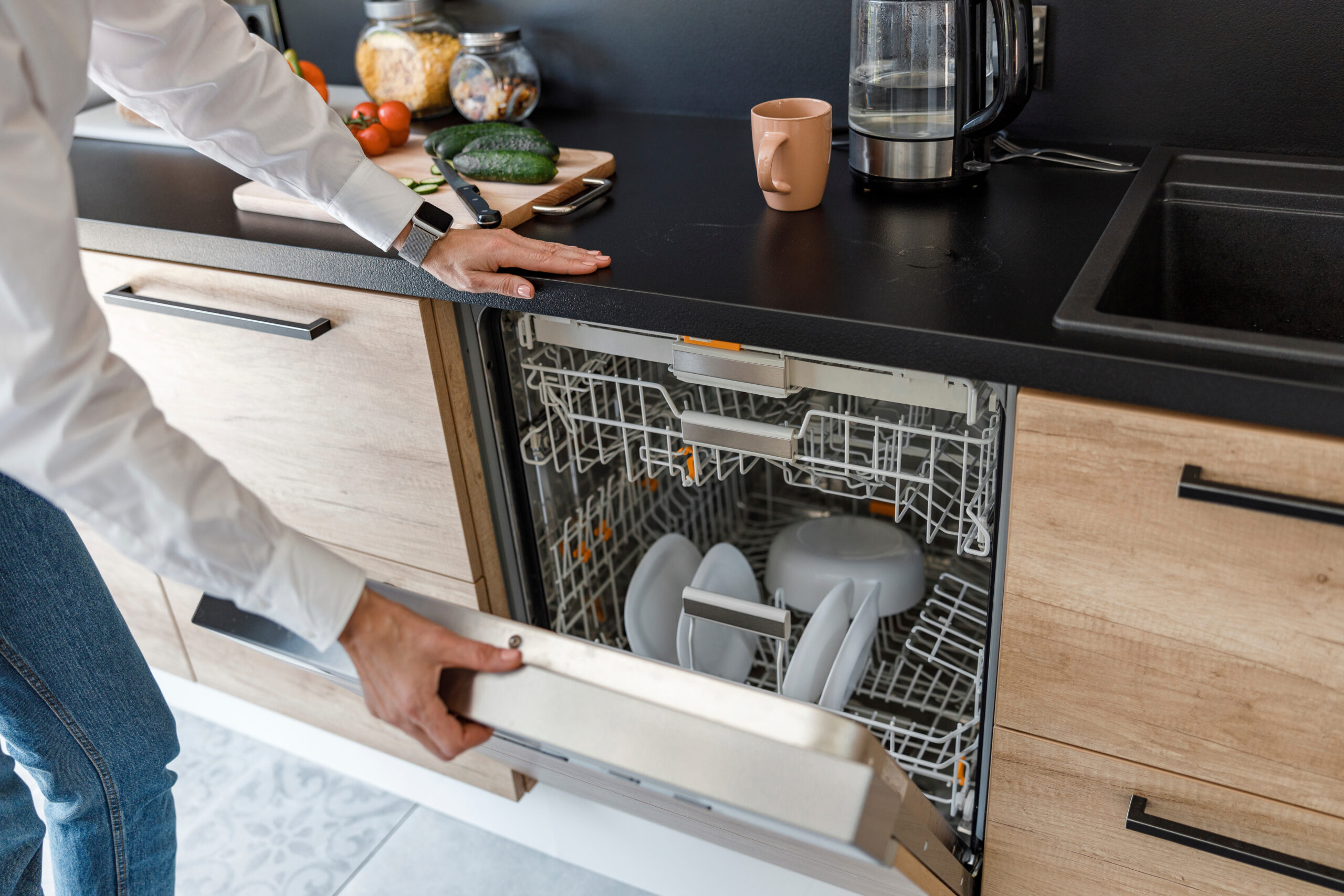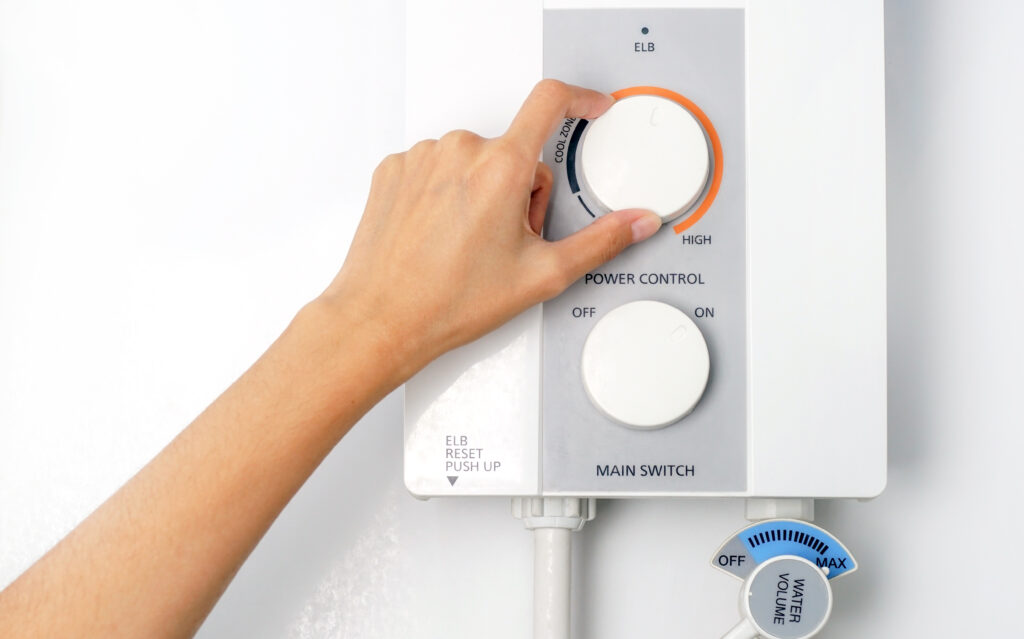What Is a Hidden Dishwasher Air Gap, and Why Should You Care?
Okay, quick question—when’s the last time you thought about your dishwasher beyond loading it or hitting “start”? If you’re like most homeowners, you probably don’t think much about what’s going on behind the scenes. But here’s the thing: your dishwasher relies on a few critical components to work safely and efficiently. One of those is a device a lot of people don’t even realize exists, especially when it’s hidden beneath the counter—the dishwasher air gap. Today, we’re diving into what a hidden dishwasher air gap is, how it works, and whether you should worry about it (spoiler: you should care at least a little).
What Exactly Is a Hidden Dishwasher Air Gap?
Alright, let’s break it down. A dishwasher air gap is a small plumbing fixture that prevents dirty water from backflowing into your dishwasher and contaminating clean dishes. It’s actually required by plumbing code in many parts of the U.S. Traditionally, you’ll recognize it as that metal cap or plastic cylinder sticking out near your kitchen sink faucet—but, plot twist, modern kitchens increasingly opt for hidden versions that tuck away under the counter for a sleeker look. That’s what we’re talking about here: a hidden dishwasher air gap.
The hidden air gap achieves the same goal as the visible one—it provides a literal “gap” of air between your dishwasher’s drain hose and the household drainage system. This air buffer stops any wastewater from your sink, disposal, or backed-up plumbing from flowing backward into your dishwasher. Hidden models connect under the sink or countertop without protruding into your kitchen’s aesthetic, making them a favorite for homeowners who care about design… or who just don’t love the look of that little cylinder sticking up.
How a Dishwasher Air Gap Actually Works
Here’s how it works on a mechanical, not-too-techie level. Your dishwasher pumps dirty water out through a hose, which routes up into the air gap. From there, the water flows into the drain line, usually through your garbage disposal or a branch line connected to the sink trap. If there’s a clog somewhere further down the line, the air gap prevents the waste water from making its way back into your dishwasher.
The air gap uses gravity and that vital bit of space—air—to physically break the path. Think of it like a bridge with a missing piece in the middle. Water coming back up from the drain can’t make the leap into the dishwasher because there’s nothing to connect them in reverse. It’s a weirdly elegant solution to a problem most of us never realize exists—until it does.
Main Advantages of Having a Hidden Air Gap
Now, is it better than the visible version? In many ways, yes. First, let’s talk design. A hidden air gap preserves the minimalist look of your kitchen without sacrificing crucial plumbing protection. For homeowners planning remodels or upgrading appliances, it’s a seamless addition that doesn’t shout “plumbing fixture” every time you do the dishes.
Second, functionally, it does the same job as the traditional air gap. There’s no performance downgrade just because it’s out of sight. So if you like your countertops clean and uncluttered, a hidden air gap checks the box. It’s also less likely to get bumped or clogged by food scraps falling into its cap, which can be a thing with visible ones. Less maintenance? We’re into that.
Common Drawbacks and What to Watch Out For
That said, hidden doesn’t mean invincible. Problems can still come up, especially if the appliance wasn’t installed properly (which happens more often than we’d like to admit). If there’s a backup, you might not notice it right away since it’s literally out of sight. And if you don’t know it’s there, troubleshooting a draining issue with your dishwasher can become unnecessarily complicated.
Also, not every municipality accepts the hidden version as code-compliant. Some building inspectors may still require the visible, above-counter model. So, if you’re planning a new build or remodel, it’s a good idea to check local plumbing requirements first before committing to the hidden version. The last thing you want is to fail inspection because of an invisible pipe piece.
Tips for Maintaining Your Dishwasher Air Gap
Whether visible or hidden, dishwasher air gaps need occasional attention. For hidden ones, you’re looking at more of a “check it if things go south” situation. If your dishwasher stops draining properly or if you hear gurgling noises under the sink, the air gap or connecting lines might be partially blocked.
Flushing the lines with warm soapy water, or using a small bottle brush to clean the connectors, can often solve the problem. If it’s been a while since anyone’s looked at it—and particularly if you just moved into a home with older plumbing—it may be worth pulling out the user manual or calling a pro.
Should You Install One (or Replace the One You Have)?
If your dishwasher doesn’t seem to have an air gap in place, it’s definitely time to do a little investigating. Start by looking under the counter near your dishwasher or under the sink to see if there’s a hidden model installed. If you can’t find one (or aren’t sure what to look for), a plumber can usually tell you in a quick visit. Without one, you’re leaving your dishwasher and your health at risk. Dirty sink water gurgling back into your dishes is more than a little gross—it’s potentially dangerous.
If you’re upgrading your dishwasher, we’d recommend having a hidden air gap installed at that time. It’s efficient, unobtrusive, and offers long-term protection against backflow contamination. And if you already have an older visible air gap that keeps clogging or looks out of place, considering swapping it out for a hidden one might just be the upgrade your kitchen didn’t know it needed.
Wrap-Up: Protecting What’s Hidden with Armadillo Home Warranty
So, let’s bring this full circle. The hidden dishwasher air gap is one of those small, often overlooked components that plays a big role in keeping your home clean and safe. It’s not flashy. It’s not something guests will ooh and ahh over. But it matters. And when something goes wrong—when your dishwasher doesn’t drain, when dirty water backs up—it becomes suddenly, dramatically important.
This is exactly the kind of thing Armadillo home warranty plans are made for. We cover critical appliances, plumbing components, and the behind-the-scenes systems that make homeownership smoother and way less stressful. If you’re thinking, “Wow, I didn’t even know I needed to worry about that,” then yep: we’ve got your back. Jump over to our homepage to learn more, or go straight to building your customized plan with our easy-peasy plan builder. Your dishwasher—and sanity—will thank you.


























